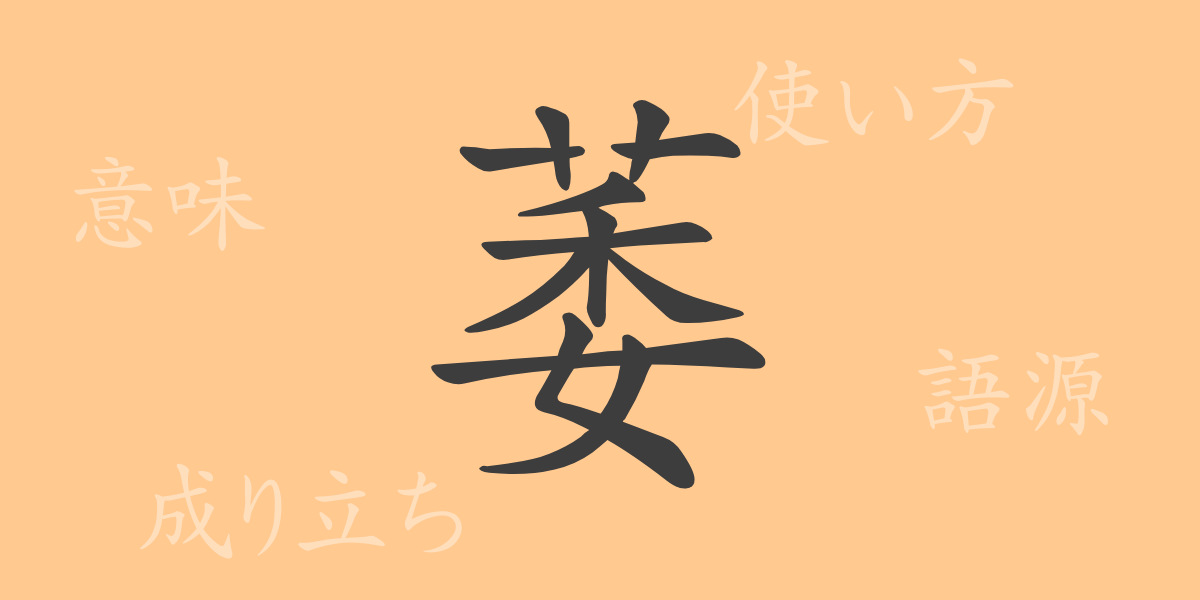“
The depth of Japanese written culture is particularly reflected in kanji, each character rich with diverse meanings and forms. This article focuses on the less commonly encountered kanji ‘萎’ (I), exploring everything from its origins to its modern-day usage. We aim to bring the world of ‘萎’ closer to our readers, making it more accessible and understandable.
Origins of 萎 (I)
The kanji ‘萎’ has been used since ancient times to depict the wilting of plants. It is formed from ‘艸’ (Kusakanmuri), representing grass, and ‘委’, which conveys bending or crouching, capturing the image of plants drooping under their own weight. This character can be traced back to seal script in ancient China, maintaining its form and meaning through the ages.
Meaning and Usage of 萎
‘萎’ carries meanings such as ‘to wilt’ or ‘to weaken.’ It is used to describe plants losing their vigor due to lack of water or people losing spirit and vitality. Metaphorically, it also denotes situations where something declines in strength or value. In modern Japanese, expressions containing ‘萎’ can convey subtle nuances of change or emotional states.
Readings, Stroke Count, and Radical of 萎
Key details about the kanji ‘萎’ are as follows:
- Readings: The on’yomi (Sino-Japanese reading) is ‘I’, while the kun’yomi (Japanese readings) are ‘Na-eru’ and ‘Sio-reru’.
- Stroke Count: ‘萎’ consists of 11 strokes.
- Radical: The radical is ‘艸’ (Kusakanmuri), which is associated with grass-related characters.
Phrases and Proverbs Using 萎
There are several idioms and phrases involving ‘萎’:
- 萎縮 (Isyuku): Contraction or shrinking physically, or becoming timid psychologically.
- 萎靡 (Ibi): Describes being disheartened or lacking in energy.
- 萎黄 (Ikou): Refers to plants wilting and turning yellow; metaphorically, it can describe a person’s pale complexion.
These expressions are often used in everyday life and business contexts to describe psychological states or the decline of things.
Summary of 萎
The kanji ‘萎’ is apt for describing decline, whether it be in plants or metaphorically in other contexts. It is frequently used in Japanese to depict the loss of vitality in plants and can be equally effective in illustrating human emotions or conditions. This article aims to enhance understanding of ‘萎’, exploring its expressive power and various applications to deepen our grasp of the Japanese language.
“

























